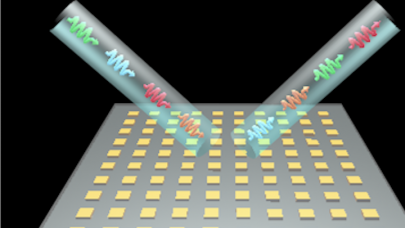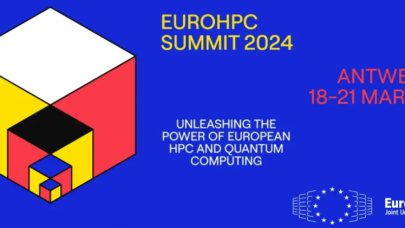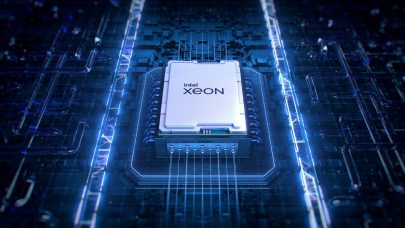Whether for the purposes of CAD projects or visual entertainment, production rendering generates an unquenchable thirst for compute power. As an in-depth article on the design world’s hardware requirements noted today, however, “the ambitions of creative professionals are outpacing Moore’s Law…evermore complex rendering algorithms deliver increasing levels of visual subtlety and devour advances in processing power as quickly as they become available.”
 The article points to a few noteworthy feats of animation might to highlight the rendering and CPU fuel required for even a single frame of output. Animated films from Pixar like Ratatouille took between four to seven hours per frame running on a fleet of 850 servers and 3,200 processors. The 2009 blockbuster Avatar made this effort look flimsy in comparison–the studio recruited 4,000 blade servers with a phalanx of 40,000 cores to go to war with its rendering tasks—and even then the studio was contending with between 30-100 hours per frame.
The article points to a few noteworthy feats of animation might to highlight the rendering and CPU fuel required for even a single frame of output. Animated films from Pixar like Ratatouille took between four to seven hours per frame running on a fleet of 850 servers and 3,200 processors. The 2009 blockbuster Avatar made this effort look flimsy in comparison–the studio recruited 4,000 blade servers with a phalanx of 40,000 cores to go to war with its rendering tasks—and even then the studio was contending with between 30-100 hours per frame.
It probably comes as no surprise that film studios and other design rendering outlets that rely on delivery of realistic environments immediately find ways to maximize their compute bang for buck. After all, the competitive advantage in this arena is defined only by imaginative limits and the computational horsepower (not to mention the funds to acquire it) necessary to bring a concept to fruition.
While the era of multicore, multithreaded processors has sparked a rapid increase in innovative design visualization, there is a glass ceiling within sight. Creators of rendering software tools like Pixar’s RenderMan, for instance, have exploited nearly every opportunity to eek maximum performance out of studio server farms.
Rendering has come a long way since the early days of rasterization and ray tracing to create realistic-looking images. Designers have gone beyond the addition of addition of simulation of light movement and incorporate complex features like motion blur, incredible depth of field with real-time shadows. However, with each layer of features to create lifelike images, there are associated hardware strains with larger file sizes and swift upticks in throughput. This is in part due to the fact that most sophisticated rendering algorithms are best suited to pulling the entire scene file from direct physical memory to mitigate the performance bottleneck that would otherwise result.
When it comes down to it, however, one can easily make the argument that the key to some of the most stunning feats of rendering and animation, multicore processors are at the heart. As the author of the article from ITBusinessNet noted, “Real world production rendering involves enormous scene files, multiple high-resolution texture maps and highly complex shader models to produce high-image imagery with exacting realism—a visual feat that would be impossible without multicore processors.”
The link below describes in depth how some key software tools are enabling rendering on a massive scale in a way that takes advantage of Xeon and Opteron-based power—definitely worth checking out.

























































